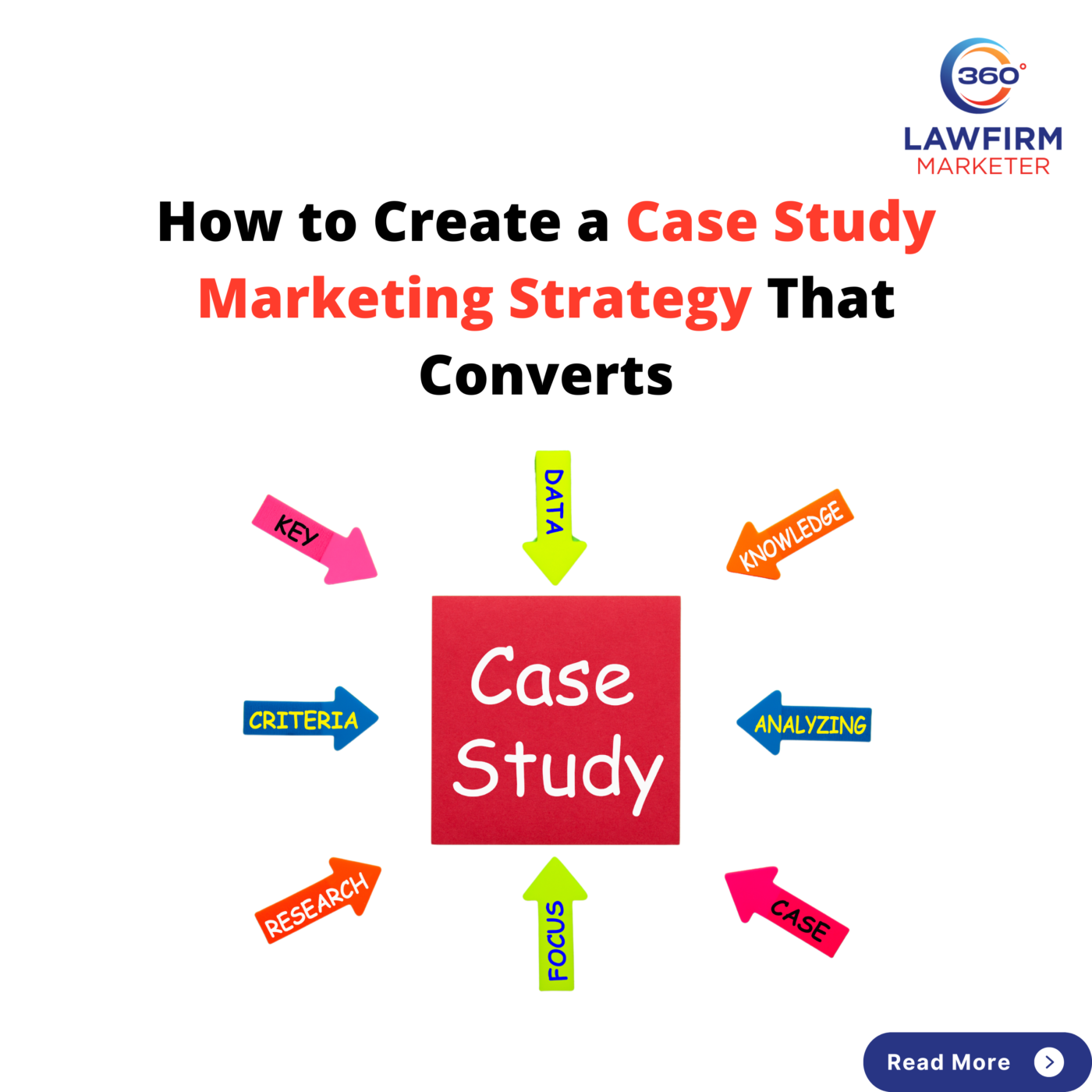How to Create a Case Study Marketing Strategy That Converts

Now that you’ve looked through a few case studies, how do you create a marketing case study of your own?
It starts with a case study marketing strategy that’s designed to convert leads. You don’t want to choose just any project. It should be geared toward other businesses or customers who might benefit from your business.
Let’s take it step by step.
1. Choose a success story that is closely related to your potential customer
You might notice that many companies publish numerous marketing case studies. There’s a reason for that.
Each case study targets a different segment of the company’s target audience. Let’s say that you sell shoes, purses, and hats. A case study about shoes won’t interest someone who’s shopping for hats.
You can either choose a project that has already concluded or one that is starting or underway. It’s always best to start at the beginning, but if you’re anxious, you can take the reverse-engineering route.
Decide which segment of your target audience you want to appeal to first. Next, select a case study subject closely related to that segment. You want your marketing case study to resonate with the leads you most want to convert.
2. Identify the key points of the case study and use storytelling
Decide what parts of the case study you want to highlight. These details will likely appear in the marketing case study’s headline as well as throughout the rest of the text.
For instance, if you helped a customer boost revenue by 200 percent, that’s a highly relevant detail. You’ll want to spotlight it in the headline and several times in the content so you keep it fresh in readers’ minds.
You might have several key points. Think about the struggles your customer was facing before you stepped in, how you approached the solution, and why alternatives weren’t working. When you can provide numbers, do so.
Once you’ve identified those key points, start weaving them into a narrative. Make it exciting! Add sensory details, frustration points, and colorful anecdotes.
A marketing case study shouldn’t sound dry. It needs to engage the reader so he or she keeps going until the end.
If possible, intersperse the copy with images. Make them relevant and easy to see on the screen. Let the images help supplement the story you’ve woven.
3. Highlight the great results
As mentioned above, results are paramount. If you can express them in numeric form, so much the better.
Consider creating a custom graphic to serve as the featured image on your post. That way, people can share the image on social. Add the amazing result to the text on the image to entice people to click.
The point here is to capture attention. If people are willing to pay attention to you, then you’ve won the first part of the battle. As long as you maintain that attention, you have a good chance of converting the lead.
4. Explore different types of design
Design can prove fundamental to a marketing case study’s success. If you’re publishing it as a blog post, break it up with H2s, H3s, and H4s to guide the reader through the story. Add images and leading lines to keep the visitor engaged.
Remember that color matters. Consider using colors for text and images that correlate with your customers’ color scheme or with your own site’s palette.
5. Ask for feedback! What does your potential customer want to learn?
Don’t let the conversation stop at the end of your marketing case study. Open up the forum for more insights.
Invite readers to ask you direct questions about your business, products, services, or methods. Not only that, but respond to those comments. Take each one as a gift.
These comments might tell you what type of case study you should create next or allow you to cement a conversion by answering objections or questions.
Conclusion
Marketing case studies can improve your conversion rate, but you have to put in the time and effort. Yes, a polished case study requires work, but if you can secure sales from its publication, why wouldn’t you give it your full attention?
Remember that trust matters when it comes to converting leads into customers. If you don’t have trust, you’ll lose your leads to your competitors.
A great marketing case study demonstrates your track record. It builds a case for leads to use your products or services over someone else’s.

